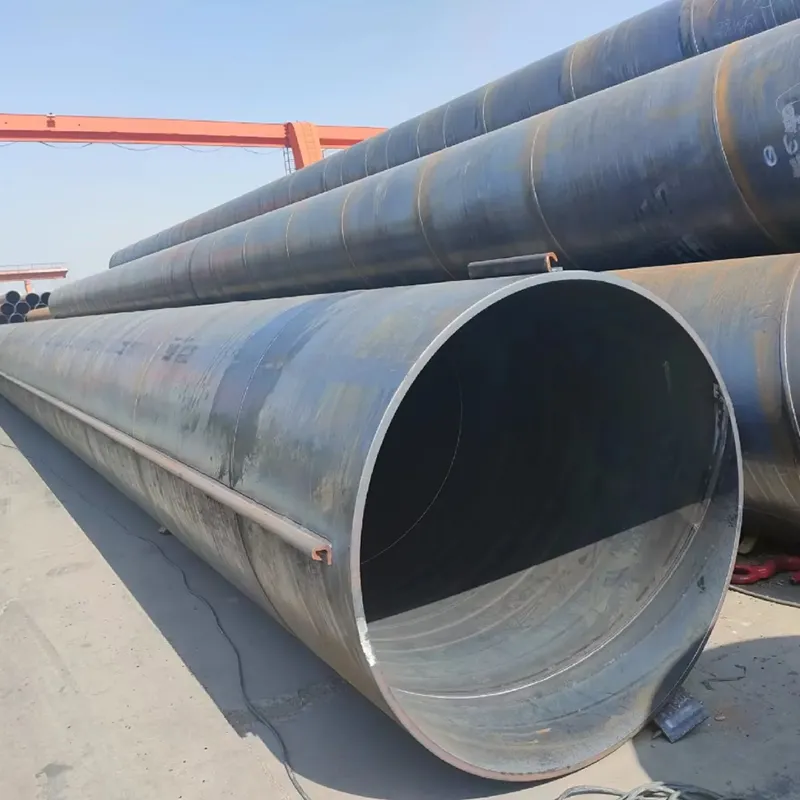-
Cangzhou Yulong Steel Co., Ltd.
-
Phone:
+86 13303177267 -
Email:
admin@ylsteelfittings.com
- English
- Arabic
- Italian
- Spanish
- Portuguese
- German
- kazakh
- Persian
- Greek
- French
- Russian
- Polish
- Thai
- Indonesian
- Vietnamese
- Zulu
- Korean
- Uzbek
- Hindi
- Serbian
- Malay
- Ukrainian
- Gujarati
- Haitian Creole
- hausa
- hawaiian
- Hebrew
- Miao
- Hungarian
- Icelandic
- igbo
- irish
- Japanese
- Javanese
- Kannada
- Khmer
- Rwandese
- Afrikaans
- Albanian
- Amharic
- Armenian
- Azerbaijani
- Basque
- Belarusian
- Bengali
- Bosnian
- Bulgarian
- Catalan
- Cebuano
- China
- China (Taiwan)
- Corsican
- Croatian
- Czech
- Danish
- Esperanto
- Estonian
- Finnish
- Frisian
- Galician
- Georgian
- Kurdish
- Kyrgyz
- Lao
- Latin
- Latvian
- Lithuanian
- Luxembourgish
- Macedonian
- Malgashi
- Malayalam
- Maltese
- Maori
- Marathi
- Mongolian
- Myanmar
- Nepali
- Norwegian
- Norwegian
- Occitan
- Pashto
- Dutch
- Punjabi
- Romanian
- Samoan
- Scottish Gaelic
- Sesotho
- Shona
- Sindhi
- Sinhala
- Slovak
- Slovenian
- Somali
- Sundanese
- Swahili
- Swedish
- Tagalog
- Tajik
- Tamil
- Tatar
- Telugu
- Turkish
- Turkmen
- Urdu
- Uighur
- Welsh
- Bantu
- Yiddish
- Yoruba

Nov . 06, 2024 02:51 Back to list
Exploring EN 1092-1 PN10 Flanges and Their Applications in Various Industries
Understanding EN 1092-1 A Comprehensive Guide to Flanges and Their Applications
In the world of mechanical engineering and piping systems, flanges are critical components that play a vital role in connecting various parts of systems. One of the most widely referenced standards for flanges in Europe is EN 1092-1. This standard outlines the specifications for circular flanges used in piping systems, providing essential guidelines for manufacturers, designers, and engineers.
Background of EN 1092-1
EN 1092-1 is part of a series of European Norms (EN) that define the requirements for various types of flanges. Established by the European Committee for Standardization (CEN), EN 1092-1 sets forth general specifications for flanges made of different materials, including steel, cast iron, and non-ferrous metals. The standard encompasses various designs, dimensions, and pressure ratings to meet the needs of diverse applications across industries.
Key Features of EN 1092-1
1. Types of Flanges EN 1092-1 standardizes several flange types, such as - Flat Flanges (Type A) These provide a flat surface for sealing against the surface of the pipe or fitting. - Raised Face Flanges (Type B) These flanges have a raised portion that enhances sealing efficiency. - Blind Flanges Used to seal the end of piping systems, preventing flow and containing pressure.
2. Dimensions and Pressure Ratings The standard specifies different nominal sizes, ensuring compatibility across various piping systems. It also categorizes flanges into different pressure ratings - such as PN10, PN16, etc. - indicating the maximum allowable pressure at a given temperature.
3. Material Specifications EN 1092-1 provides guidelines on the material types and grades suitable for manufacturing flanges, ensuring strength and durability. Common materials include carbon steel, stainless steel, and alloy steel, each selected based on the environmental conditions they will face.
4. Testing and Quality Control The standard defines testing methods to verify the mechanical properties of the flanges, ensuring they meet the required specifications before being put into service. This includes hydrostatic testing to assess their ability to withstand internal pressure.
Applications of EN 1092-1 Flanges
en 1092 1 pn10

Flanges conforming to EN 1092-1 are used in numerous applications across different industries, including
- Oil and Gas Flanges are integral to pipeline construction, connecting sections of pipes, valves, and fittings while maintaining pressure and flow integrity. - Water Supply and Treatment They are crucial in water distribution networks, ensuring secure connections to prevent leaks and ensure efficient flow. - Chemical Processing EN 1092-1 flanges are used in various chemical plants, where they withstand corrosive substances and high pressure. - Power Generation In power plants, flanges are essential for connecting components in boiler systems and turbine installations.
Benefits of Adhering to EN 1092-1
1. Standardization By following a standardized approach to flange design and manufacturing, EN 1092-1 promotes interoperability and compatibility between different manufacturers' products. This alleviates the challenges faced when integrating components from various sources.
2. Safety Compliance with EN 1092-1 ensures that flanges are manufactured to appropriate safety standards. This is critical in high-pressure applications where failures could lead to catastrophic incidents.
3. Quality Assurance The testing and quality control guidelines embedded within the standard help guarantee that all components meet high-quality benchmarks, enhancing the overall reliability of piping systems.
4. Cost-Effectiveness Standardization can lead to reduced production costs by streamlining the manufacturing processes and reducing the likelihood of errors in design and production.
Conclusion
EN 1092-1 represents a crucial framework for the safe and reliable use of flanges in piping systems across various industries. By understanding and adhering to this standard, engineers and manufacturers can ensure that their products meet the necessary requirements for performance, safety, and compatibility. As industries continue to evolve, the importance of such standards in promoting efficient and safe operations cannot be overstated. Flanges remain a fundamental aspect of engineering design, exemplifying the importance of standardization in enhancing overall system reliability.
Latest news
-
ANSI 150P SS304 SO FLANGE
NewsFeb.14,2025
-
ASTM A333GR6 STEEL PIPE
NewsJan.20,2025
-
ANSI B16.5 WELDING NECK FLANGE
NewsJan.15,2026
-
ANSI B16.5 SLIP-ON FLANGE
NewsApr.19,2024
-
SABS 1123 FLANGE
NewsJan.15,2025
-
DIN86044 PLATE FLANGE
NewsApr.19,2024
-
DIN2527 BLIND FLANGE
NewsApr.12,2024
-
JIS B2311 Butt-Welding Fittings LR/SR 45°/90° /180°Seamless/Weld
NewsApr.23,2024











